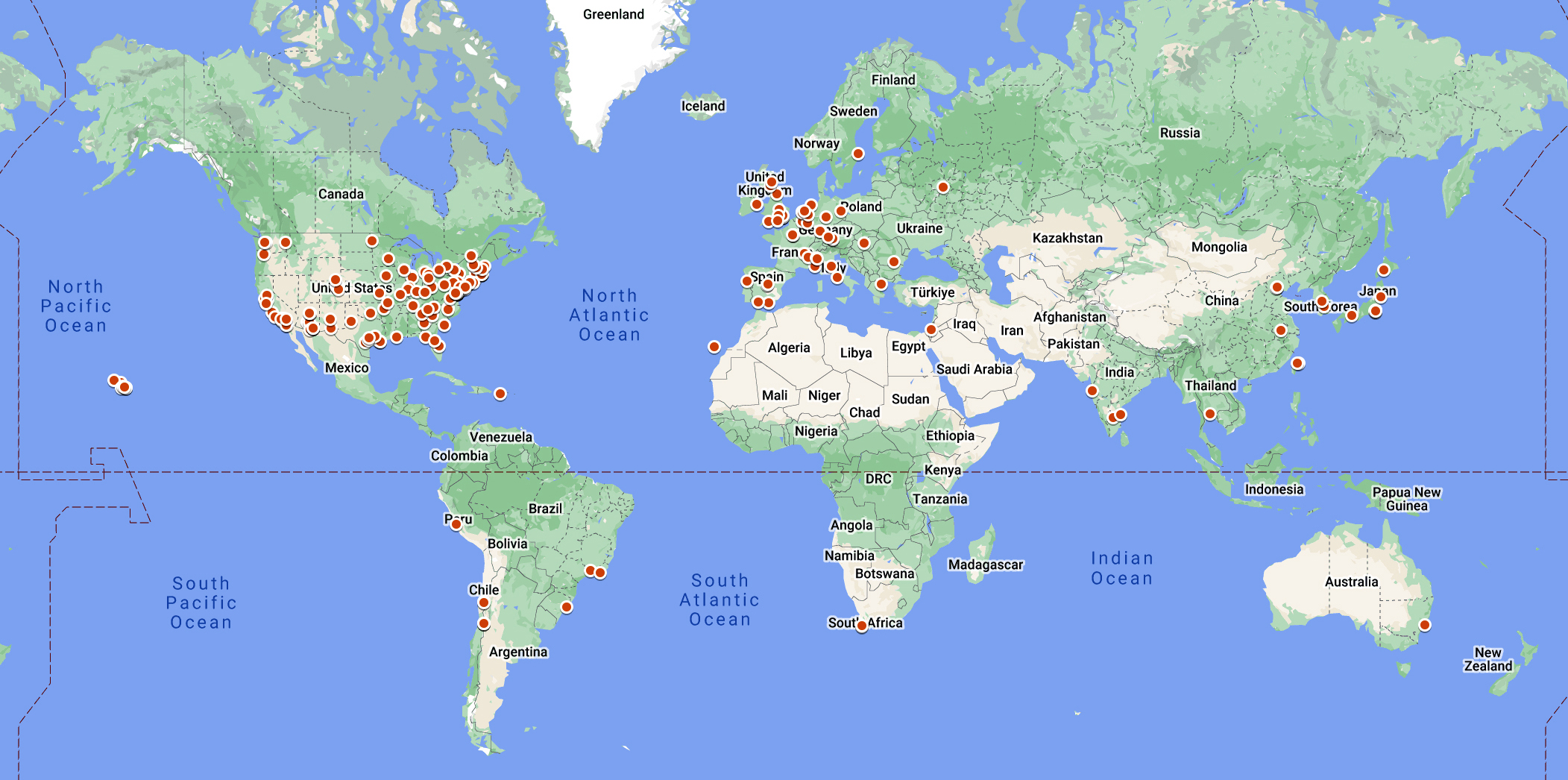About IRTF
The NASA Infrared Telescope Facility (IRTF) is one of the telescopes comprising the Maunakea Observatories on the Big Island of Hawai’i. The IRTF is a 3.2 meter telescope optimized for infrared observations. The observatory is operated and managed for NASA by the University of Hawai`i Institute for Astronomy, located in Honolulu. NASA provides the costs of operation and NSF provides funding for new focal plane instrumentation through the peer review process. Observing time is open to the entire astronomical community, and 50% of the IRTF observing time is reserved for studies of solar system objects.

Observing time is allocated twice a year for the Feb. - July and Aug. - Jan. time periods. For information on observing time applications see Observing Time Applications. The Time Allocation Committee consists of eight members, four with expertise in solar system research and four in non-solar system research. The IRTF Deputy Director chairs the committee but does not vote. List of current TAC members. While the IRTF emphasizes solar sytem research , research in all fields of astronomy are conducted with the IRTF. Examples of the type of research carried out by observers using the IRTF can be found from the lists of past Applications Awarded Time.
The IRTF is a classically scheduled telescope. To make the most efficient use of the telescope time, multiple observing programs are often scheduled each night. Observing Schedule. The flexibility in scheduling is due, in part, to our remote observing capabilities that allow astronomers to operate the IRTF instruments and carry out observations from any location in the world that provides high-speed internet access.

This map shows 249 known locations where remote observations have been conducted with IRTF between the years 2002 and 2023. Most of these points refer to research institutions, but some indicate observations that were made from observer’s homes. An interactive map can be accessed here , where clicking on individual markers will show the name of the institution, and the number of researchers (in parentheses) who have observed from that site.


